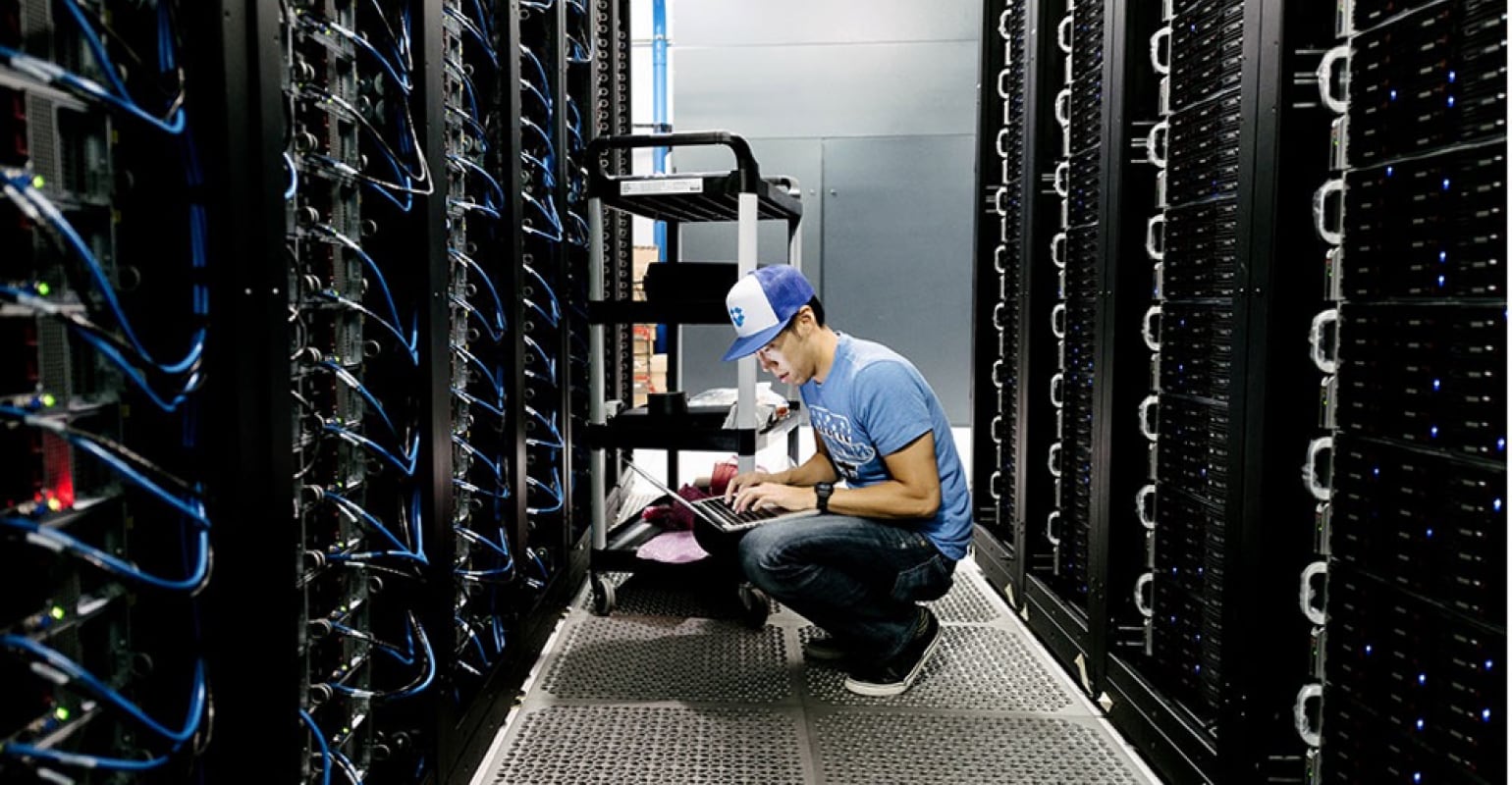Bringing the Cloud to the Edge
Posted by Frank Yang on May 6, 2020

Cloud computing has revolutionized the way we access and process information throughout our personal and professional lives.
“The cloud” is an on-demand service that is delivered by shared, or pooled, IT resources that may be accessed by users via the web browser. It offers computing services (Amazon Web Services’ EC2, Azure’s VM, Google’s Cloud Engine N1), storage capabilities (AWS S3, Azure Files, Google Cloud Storage), networking options (AWS’s VPC, Azure VNET, Google Cloud CDN), and many more applications. Clouds are powered by an infrastructure of several interconnected data centers located in strategically planned areas known as the “Regional Cloud”.
Data center locations are by nature very limited. While the users and devices who need to access these critical services are anywhere and everywhere. As user experience and latency requirements become more stringent, the challenge of establishing infrastructure arises. The solution to this is the “Edge Cloud.”
The Edge and Regional Cloud Working Together
Edge Cloud’s ability to provide shared IT capabilities at the infrastructure edge (i.e., close to the user or devices) has made it an emerging trend in network architecture today. It is a seamless extension of a Regional Cloud and can be hosted in edge data centers deployed at the infrastructure edge. But the intention is not to replace the Regional Cloud entirely. Infrastructure edge is a solution for a few specific latency-sensitive applications. The following chart maps some of these applications, especially those that are enabled by 5G services.

Source: GSM Association, “Unlocking Commercial Opportunities, From 4G Evolution to 5G”
In addition to applications, another distinction between Edge Cloud and Regional Cloud is the computing tasks they perform. Edge Cloud is used for data pre-processing/processing, data caching, request responding, service release, and more advanced computing tasks (the deep learning of AI/ML for example). But all the services will still be performed in the Regional Cloud.
New Model, New Challenges
Edge Cloud implementation is not without challenges. Providing the service requires thousands of data centers in various locations. And this proliferation of data centers could become a major network management challenge. Furthermore, Edge Cloud has significantly more security risk vectors than a well-protected Regional Cloud. As the number of edge data centers increases, the number of attack points will inevitably increase. To mitigate these new threats edge data center operators will have to consider the specific defense mechanisms necessary to protect these critical applications and computing tasks.
To learn more about how to open network solutions that can support Edge Cloud implementation, contact us today.